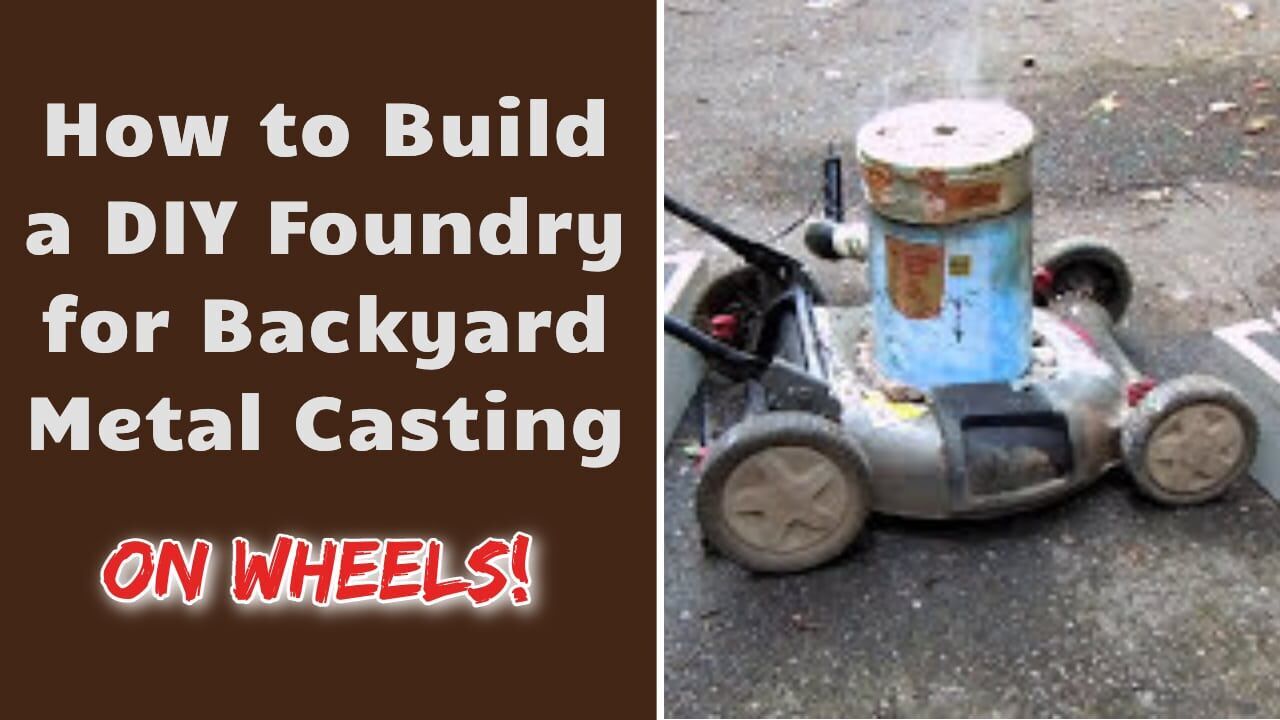I needed learn how to make Green Sand for metal casting. If you watched the furnace video you saw me making refractory, and making green sand is about the same process. Simply put, it is a mixture of sand, bentonite clay, and a bit of water. Using this kind of sand is called […]
Author: David Nash
4 Fundamental Firearm Safety Rules
Firearm Safety is essential. It is not hard to be safe around firearms; it just takes the knowledge of basic safety rules and a little common sense. There are many variations of safety rules taught by differing organizations but they all encompass the same thoughts and goals. The following are what is commonly called […]
How to Build a Solar Dehydrator
I like dehydrating food, sometimes because it makes food storage easier, and sometimes (like in the cases of apples or meat) I like eating dehydrated food. The devils of food storage are: Heat Light Oxygen Moisture. Dehydrating helps increase shelf life because many organisms (like Botulism) cannot thrive in dry spaces. If you vacuum […]





